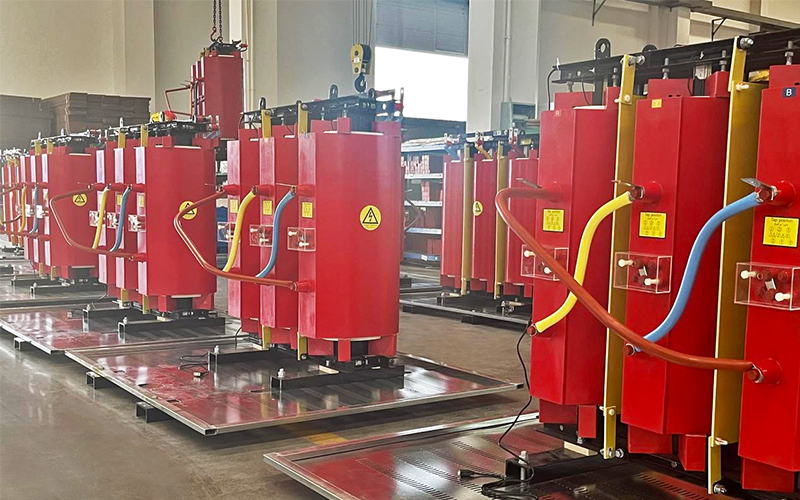- E-mail: admin@yaweitransformer.cn
- Tel: +86-18862719076
Dry-type transformers and traditional transformers are used to realize the transformation and transmission of electric energy equipment, but there are some differences and connections in structure, working principle, application range and so on.
Jiangsu Yawei Transformer Co., Ltd. said that first of all, the structure of the dry transformer is different from that of the traditional transformer. Traditional transformer adopts oil-immersed structure, the iron core and winding are soaked in insulating oil to improve insulation performance and heat dissipation effect. Dry-type transformers expose the core and winding directly to the air and do not require insulating oil, so the structure is simpler and more compact.
Second, they work differently. The traditional transformer uses the principle of electromagnetic induction to realize the conversion of electric energy, and changes the voltage and current through the electromagnetic coupling between the windings. Dry transformers convert electrical energy through electromagnetic induction and air cooling. Because there is no insulating oil intervention, the heat dissipation effect of dry transformer is better, and it can be applied to some special environments, such as high temperature and flammable places.
In addition, traditional transformers are usually used in high-power power systems, such as power plants, substations, etc. Due to the characteristics of compact structure and easy maintenance, dry transformers are more suitable for some small and medium-sized power equipment, such as industrial electrical equipment, buildings, subways and so on.
In addition, the dry-type transformer also has the advantages of strong short-circuit resistance, good lightning protection and no carbon monoxide emission. Dry-type transformer manufacturers say that traditional transformers have a certain cost of fault diagnosis and maintenance. Therefore, for some places sensitive to environmental impact, dry transformers are more inclined to be used.
Although there are some differences between dry transformers and traditional transformers in terms of structure and working principle, they also have many similarities. For example, both can realize the conversion of voltage and current, and both have the function of improving the conversion efficiency of electric energy and ensuring the stable operation of the power system. In addition, the two also have similar considerations and designs in terms of insulation performance, electromagnetic coupling and loss.
In summary, there are some differences and connections between dry transformers and traditional transformers in terms of structure, working principle and application range. Dry type transformer has the characteristics of simple structure, good heat dissipation effect, suitable for special environment, etc., suitable for small and medium power power equipment; Traditional transformers are suitable for high-power power systems. Both of them have the function of power conversion, which plays an important role in improving the efficiency of power conversion and ensuring the stable operation of power system.
